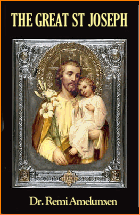Symbolism
 |
 |
 |
 |
 |
 |
 |
A Crib Fit for the King of Kings
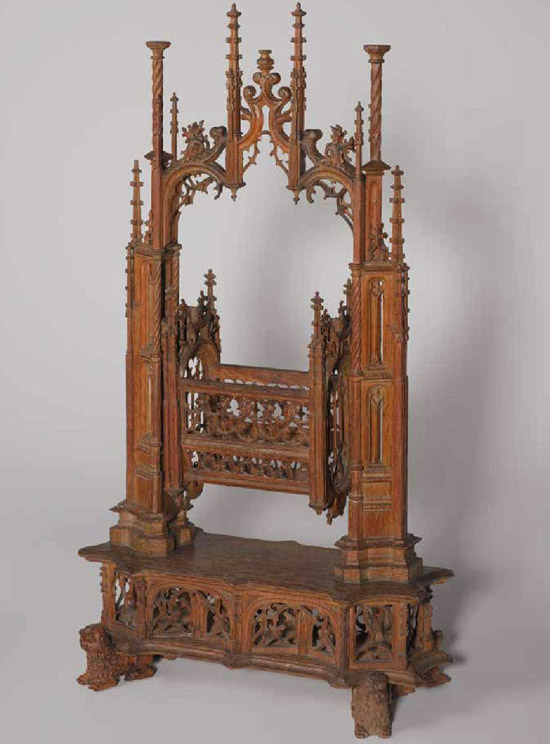
When I saw this late-medieval gothic-style crib in an article in the journal Academia, (1) my first thought was that it was an elaborate and magnificent cradle for the child of a royal or a noble house.
Yes and no to this assumption. No, it was not a crib made for a human child of some elevated family. Yes, it was a crib for an Infant King, intended to rock and fittingly hold the King of Kings, the Christ Child, during the Christmas Season.
The monumental spirit of this oak crib speaks much about the sentiments of the German, Dutch and Belgian peoples in the late Medieval Age. Moved by the sweet perfection of the Infant Christ who was born of a Virgin to redeem mankind, they felt the desire to prepare for this Babe the perfect crib that could actually be rocked.
The one above, of the type known as Gestellhängewiege, consists of an elaborately carved gothic frame and box-shaped cradle, which rest on a base held up by four reclining lions. All the wood is decorated with fine Gothic tracery, so delicately carved it seems like something made by fairies.
It was not fairies who made this crib. It came from the workshop of master sculptor Jan Borman, also known as Borremans, who was known as the best carver (beste beeltsnyder) in Brussels, and dates to the late 15th century. This great sculptor, famous for his magnificent altarpieces, shows his best workmanship and greatest attention to detail in the simple crib for the Christ Child, intended, it seems, for a convent of nuns or beguines in Brussels.
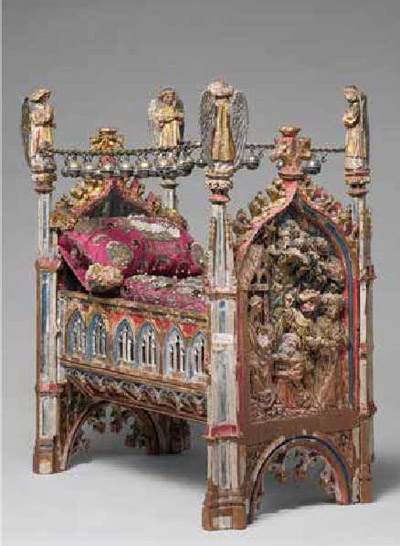
Late medieval Gestellhängewiege with bells to symbolize the angels' singing
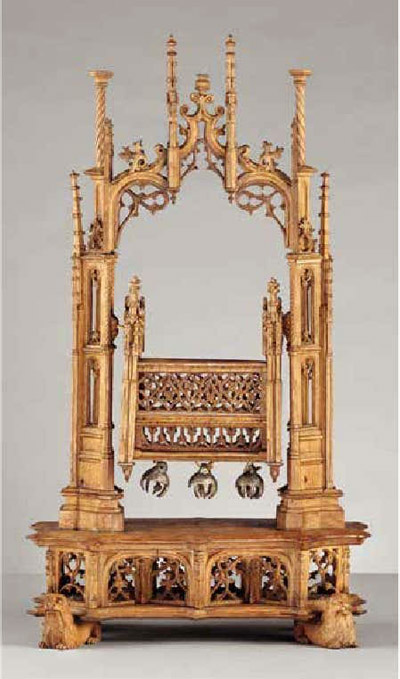
The sweet ringing sound of the bells had a purpose: It represented the singing of the Angels who announced the good news of Christ's birth. They also were meant to remind us of the consoling melodies they sang for the Infant Christ and His Mother on that first Christmas Night.
Little figures of Angels were typically placed at the corner in the four pinnacles or columns of the crib. These angels were lost on the first crib above, but there remain slots for their presence. It is a symbolic presence the medieval man understood well, for it was believed that blessed bells should be hung on children's cradles to ward off any evil spirit or devils.
Honoring the Infant Christ
From the 13th century onward, it became common among the churches, convents and monasteries throughout Christendom to honor the Christ Child, sculpted in the form of an life-sized infant and set in a crib, with a tender devotion on Christmas Eve.
For example, in the Last Will and Testament of Mother Mariana, she describes one of the prized possessions of the Royal Convent of the Immaculate Conception in Quito: a life-size Infant Jesus in a simple crib that was brought out for the Christmas ceremonies and processions inside the Convent. The Child's clothing was adorned with precious jewels given by the noble matrons of the city, and after Christmas they all disputed to have it for one day in their homes.
Mother Mariana de Jesus Torres also advised her daughters that this Infant Christ should be taken to the infirmary to free the sick or dying sisters from the snares of the devil. (The Admirable Life of Mother Marians, vol. 2, chap. 22)
Such was the tender devotion for the Infant Christ that warmed the hearts of Catholics in the 16th century in the New World as well as the Old.
Symbolism of the Crib
The medieval man, who saw in all Creation the signs of the Creator, found abundant ways to inspire the faithful to virtue through the contemplation of Our Lord's crib. The crib reminded the monks, nuns and faithful to welcome Christ into their hearts.
The crib was not just a child's toy, but a means of devotion for all. The bed, explained Fr. Bartholomew of Middleburg to nuns at a Poor Clares Convent in Amsterdam, should be seen as a symbol of the meek heart into which each sister should receive and care for Christ. The time of Advent was to be used to prepare the "bed" for Christ, by practicing the virtues of humility and meekness of heart. (2)
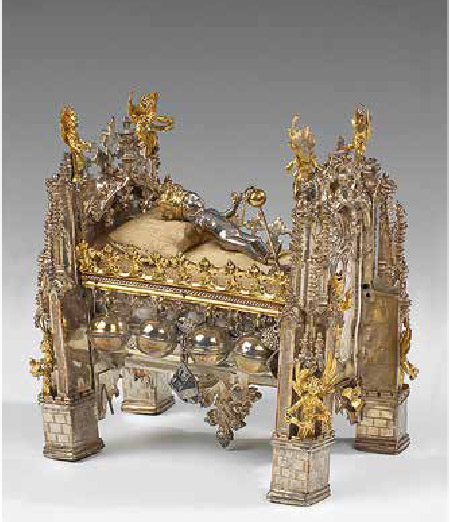
A pearl adorned crib from l'Abbaye de Marche-les-Dames
These cribs were often adorned with pearls and dried flowers and herbs. Thomas a Kempis explains in one of his Christmas sermons that the faithful should decorate Christ's crib with flowers and herbs, which are the acts of virtue and charity practiced throughout Advent to sweeten and adorn the Infant's bed. The real flowers and herbs symbolized the "more lasting flowers" that invited the Christ Jesus to live in the heart of the faithful Catholic. (3)
Rocking the Crib
And did the priests, nuns and the faithful really rock the little crib of Christ? Yes, they did. From the Roomsche mysterien of 1604 – a review of Old Catholic customs, we hear how on Christmas Day the crib holding a reclining Christ in swaddling clothes was placed on the high altar in the Catholic churches of Amsterdam.
Families took their own little cribs with them to the Mass. At the moment when the singing began and the priest started rocking the crib on the altar, the families and children would follow suit. The church was filled with the angelic choir music and the tinkling of little bells on all the cribs. This practice of "rocking the baby" continued publicly in Amsterdam until 1654 when the Calvinists scornfully drove out such "childish and laughable customs."
To us, there is nothing laughable about that charming custom of rocking the Christ Child. It was a profound and symbolic way to welcome Christ into the hearts of man and child alike.
Today the handful of Gestellhängewiege that still exist are all lodged in museums. How fitting it would be to take them from those houses of artifacts and return them to the churches, convents and monasteries, where the Christ Child could again be rocked and loved, as hearts prepare to receive Him as in a magnificent crib.
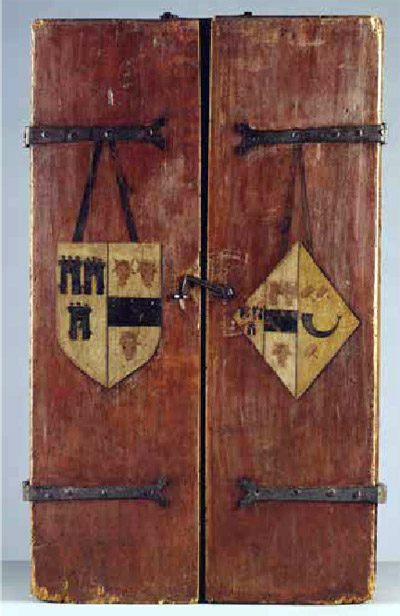
Special caskets were made to carefully store the precious cribs
- Iris Ippel, A Christmas Crib as a Meek Heart of the Late Mediaeval Christian, in Academia, Dec. 2020.
- Ibid.
- Ibid.

Posted December 24, 2020
______________________
______________________










